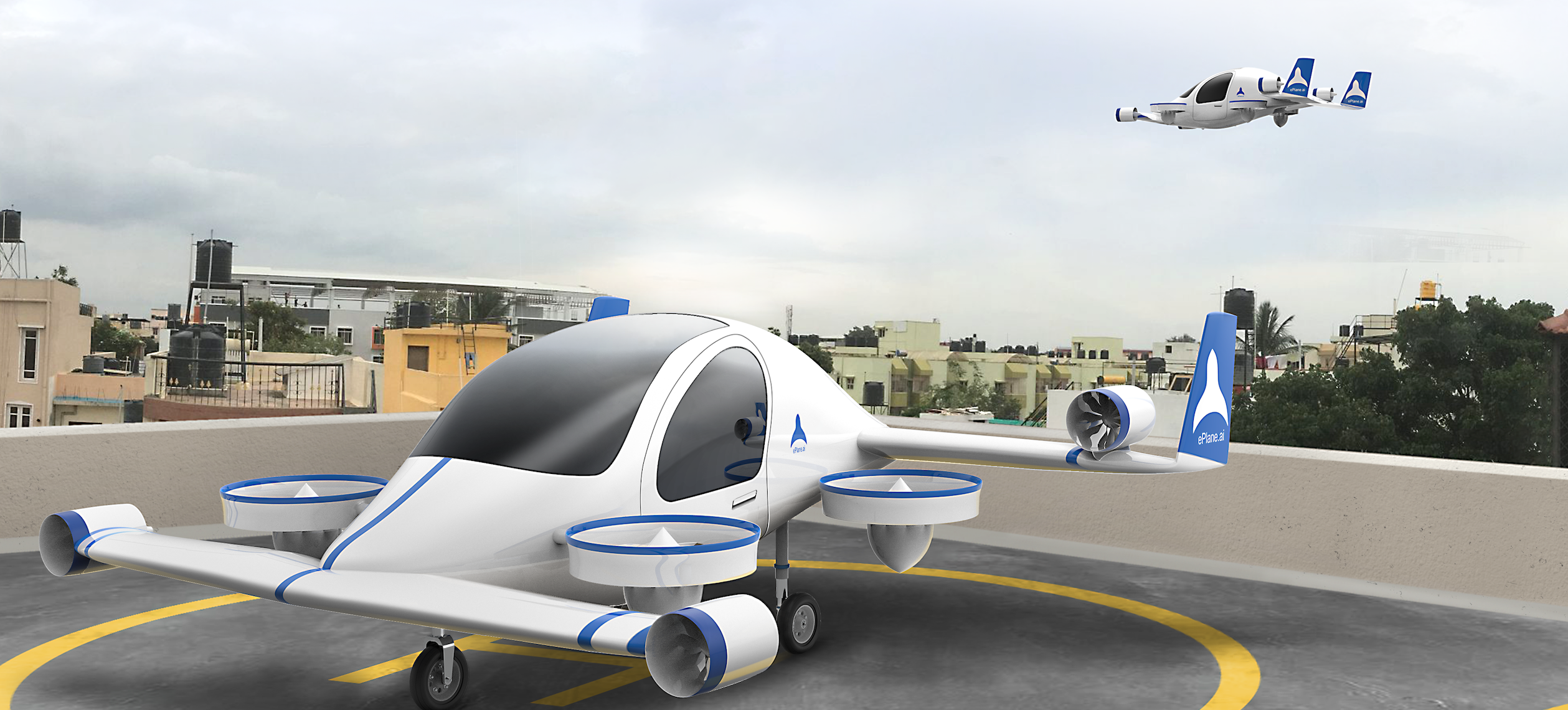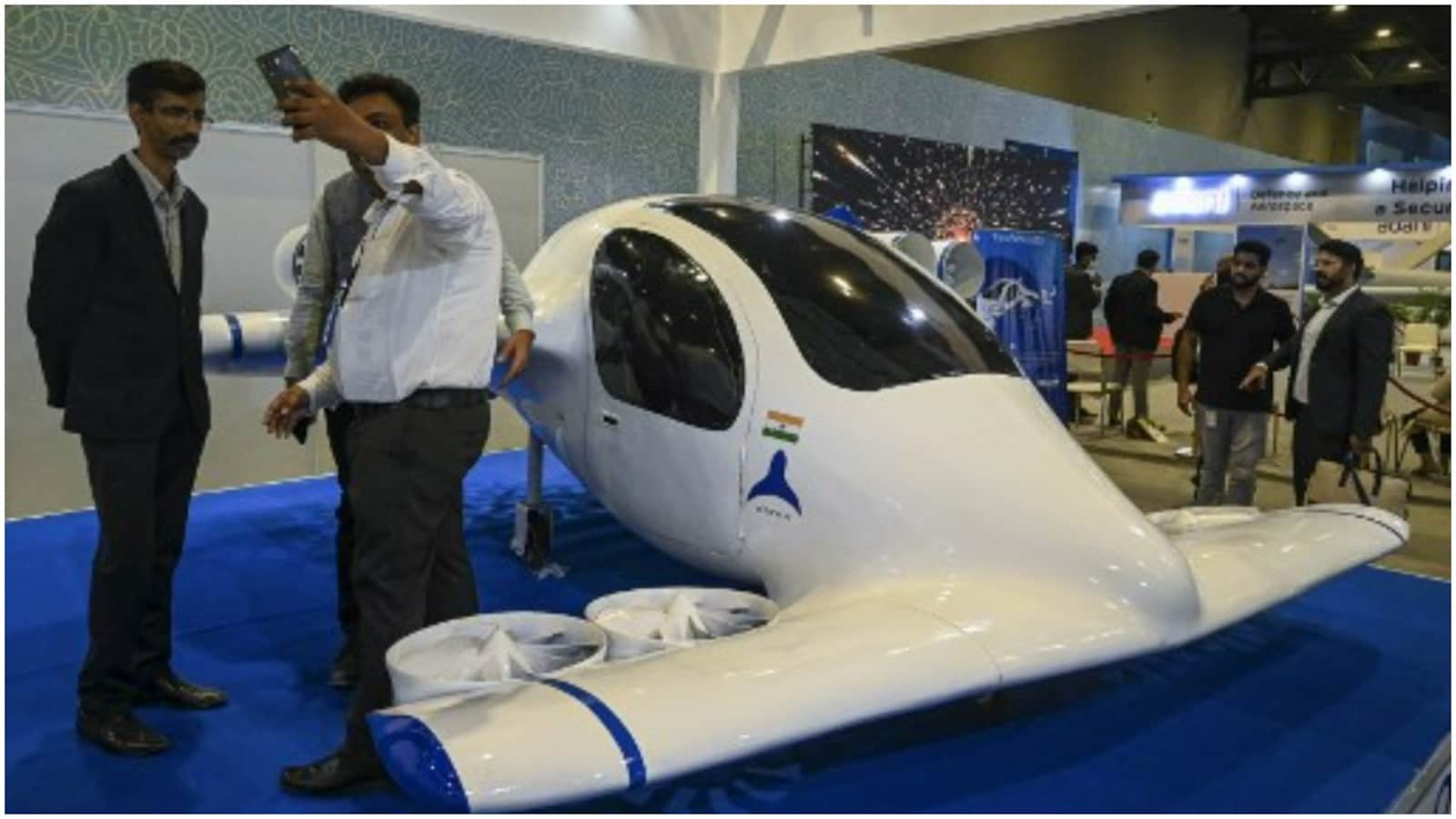Indian-based startup ePlane aims to assemble a prototype electric air taxi by March 2025
Using eVTOLs, the business hopes to reduce traffic in urban areas. In addition, the ePlane company is creating drones, which should be available for purchase in the upcoming months.

Advertisement
The ePlane Company based in Chennai is working on solutions to reduce urban congestion and hopes to have a certified flying electric taxi prototype by March of next year. According to a senior executive, the business, which was founded out of the Indian Institute of Technology (IIT) in Madras, plans to start selling its drones in the near future with a payload capacity of two to six kilograms.
Founder and CEO of ePlane Company Satya Chakravarthy announced that the company is working on an eVTOL (electric vertical takeoff and landing) aircraft, which will initially have three or four seats and be able to be transformed into an air ambulance.

“By March next year is when we expect to develop the first certifiable prototype. It will take another couple of years to get the certification from the Directorate General of Civil Aviation (DGCA),” Chakravarthy mentioned in conversation with PTI.
According to Chakravarthy, the drones with the 2–6 kg and 50 kg payloads can go up to 40–60 km in the air. An all-electric air taxi service that will transport customers from Connaught Place in the nation’s capital to Gurugram in Haryana in under seven minutes is scheduled to debut in India in 2026 by InterGlobe Enterprises and US-based Archer Aviation.
Aside from the pilot, 200 eVTOL aircraft from Archer Aviation can accommodate four passengers. Regulations specifically for eVTOL aircraft have been created by the European Aviation Safety Authority (EASA).

“These electric air taxis offer faster intra-city travel without extensive ground infrastructure, potentially reducing congestion, noise, and emissions. Challenges such as safety concerns, regulatory difficulties and integration with existing transport systems need further addressing and exploration. Despite these challenges, eVTOLs could become a regular sight in urban skies within the next 5 to 10 years, contingent upon resolving safety issues and regulatory complexities,” as stated in the official EASA website.
Advertisement

